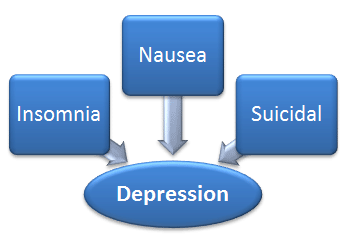Conjoint Analysis – Meaning, Usage and its Limitations
April 3, 2025
 Conjoint Analysis – Meaning, Usage and its Limitations
Conjoint Analysis – Meaning, Usage and its Limitations
Introduction During the sixties, when researchers tried to understand consumers’ decision making process, they used a simple questionnaire or a form. Respondents would generally answer what was on the top of their minds or what they assumed the researcher wanted to hear. However, this did not always correspond to their actual purchase decisions. For example,…
 What Is the Purpose of a Management Case Study?
What Is the Purpose of a Management Case Study?
A management case study is an in-depth study of a project, challenge, or phenomenon within a business. By focusing on real-world examples, management case studies allow researchers to explore how businesses actually operate, revealing the systems, behaviors, and choices that drive success…or lead to failure. In this guide, we’re taking a closer look at the…
 What is Big Data and its Importance to Businesses as a Game Changer
What is Big Data and its Importance to Businesses as a Game Changer
What is Big Data? If marketers had all the data about consumers that they can then use to predict consumer behavior, which would be the marketers dream come true. Until now, marketers had enough data about consumers that they then modeled to arrive at probable consumer behavior decisions. This data culled from marketing research was…
Factor Analysis is a data reduction technique. Given a large number of attributes, factor analysis identifies a few underlying dimensions by grouping the attributes based on the correlation between the attributes. For example, price of a product, the cost after sales service, and maintenance expense can be identified as a part of single dimension: Total Cost
Attributes such as Insomnia, Nausea and Suicidal Tendency can be collectively described by a single term: Depression. Here three variables/attributes have been represented by a single factor.

Factor analysis is usually more meaningful when it is followed by subsequent procedures such as clustering. Following are some of the applications of this method:
While factor analysis is used in several fields such as psychometrics, psychology, physical sciences, etc, we will focus on the topic relevant in this module: marketing research. The procedure for utilizing factor analysis in a typical marketing research study is as follows:
Industry examples requiring usage of this tool
For this method to be valid, certain assumptions must hold true:
| Var1 | Var2 | Var3 |
| 1 | 2 | 3 |
| 2 | 4 | 6 |
| 3 | 6 | 9 |
| 4 | 8 | 12 |
Each variable must be unique. Var2 and Var3 can be reduced to Var1 by dividing them by numbers 2 and 3 respectively. Since they are basically the same data sets, they cannot be used for forming factors.
Your email address will not be published. Required fields are marked *